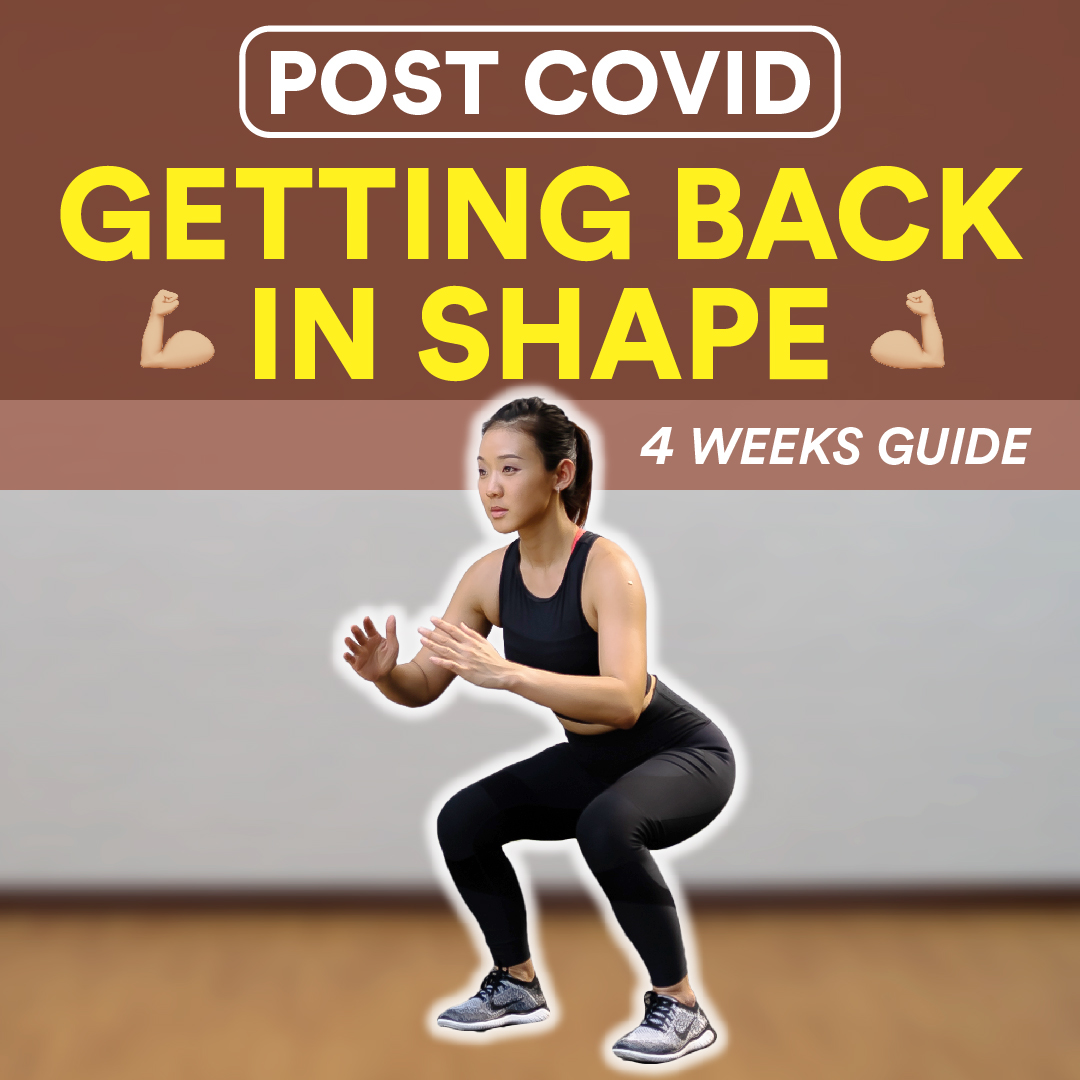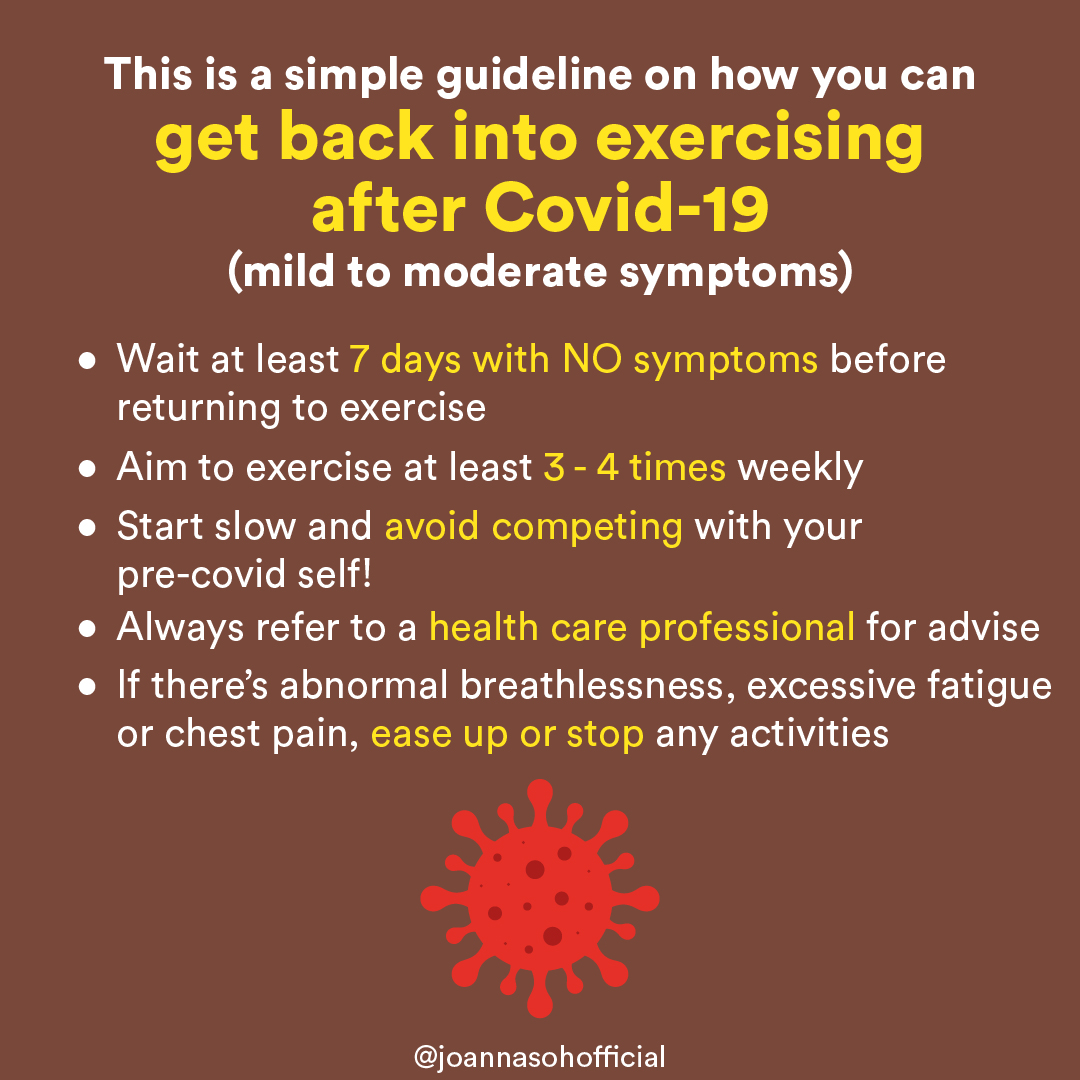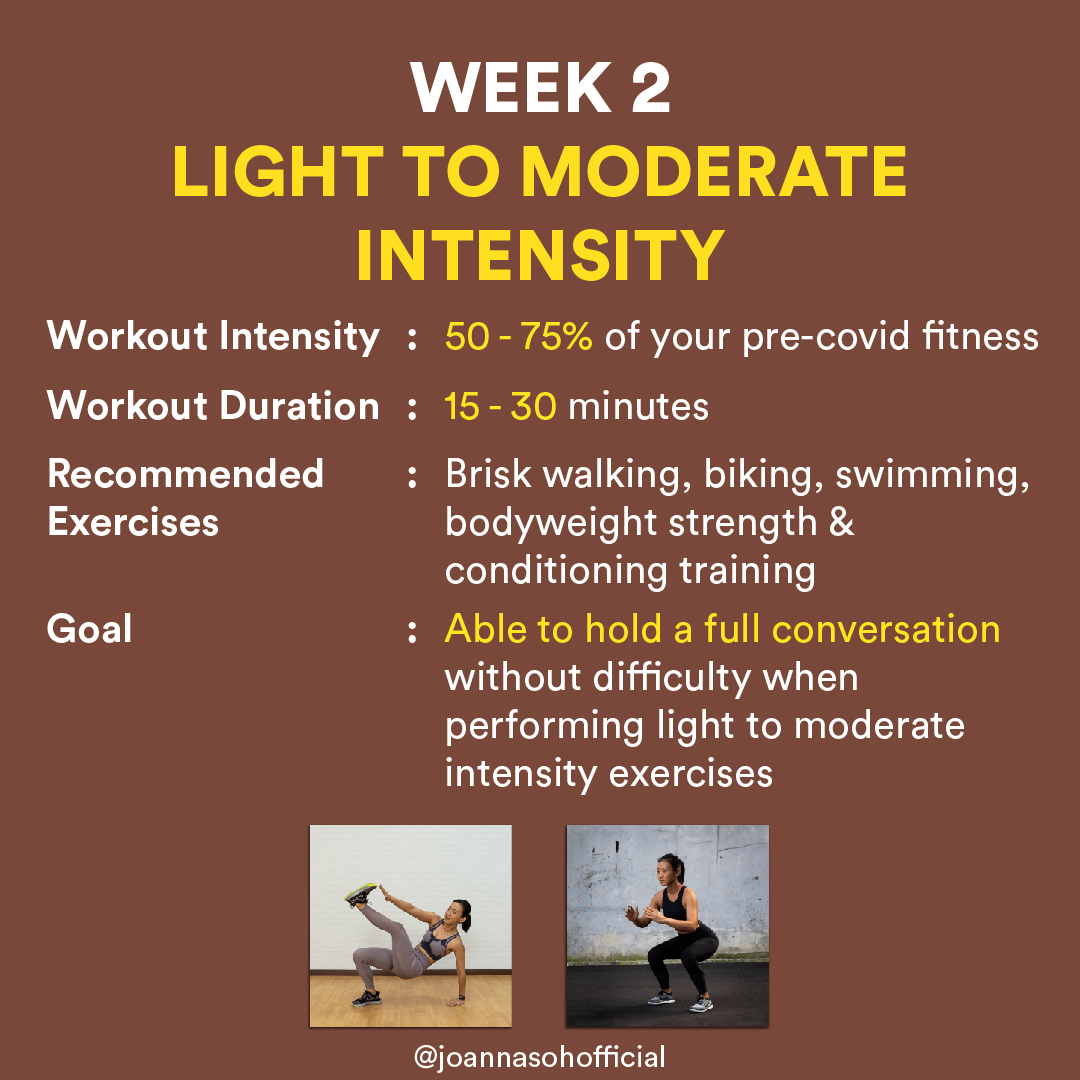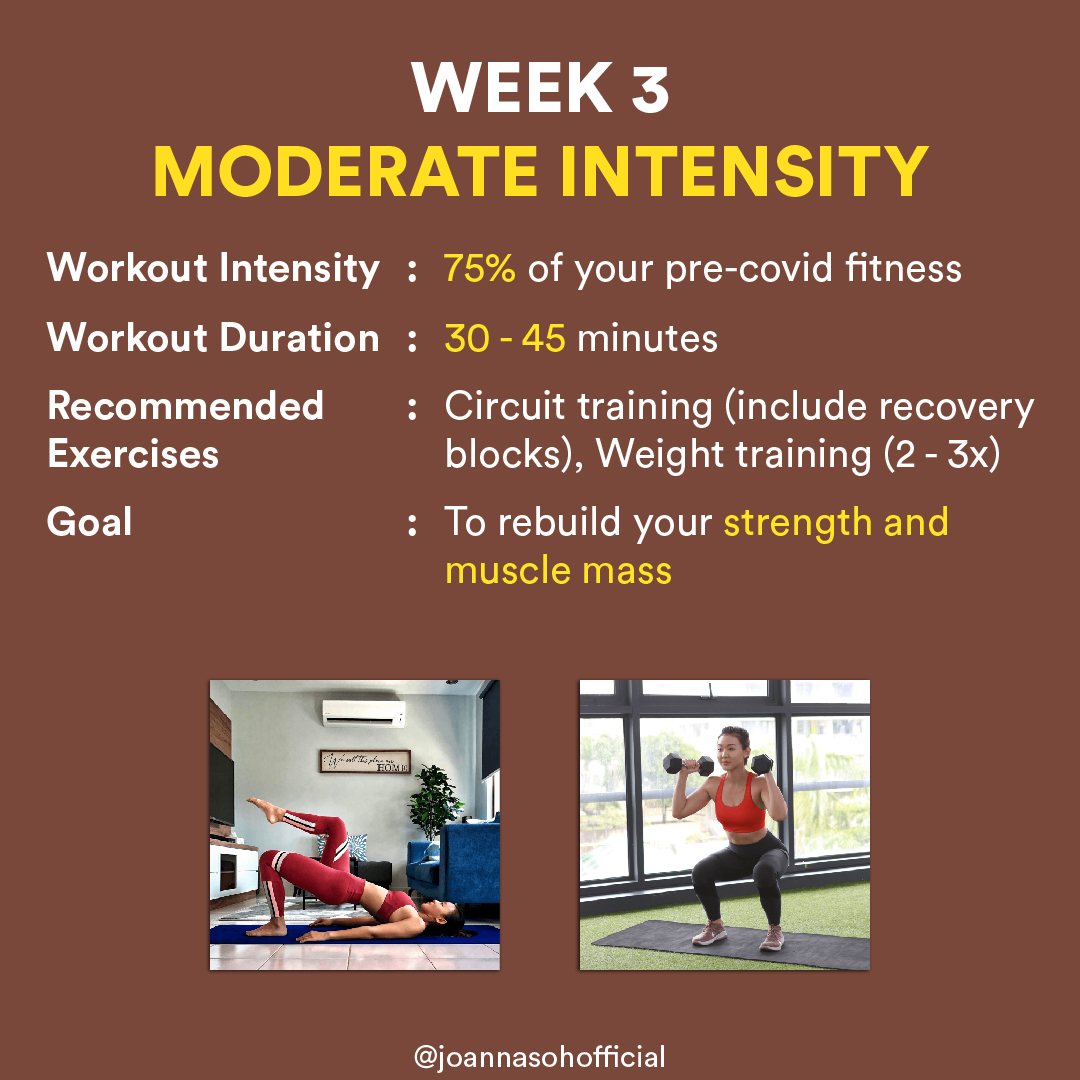
As of right now, we are already approaching 170 million covid-19 cases worldwide and more than >3 million deaths. The numbers are continuing to rise every single day. You might have lost a loved one, or perhaps you know someone. We are at the 1.5 years mark of living with the covid-19 pandemic, and it has been extremely tough for everybody. The fact is, this pandemic won’t be going away anytime soon, as we have been hoping for.
Some of you might have already contracted it and has recovered or is still recovering from it. If you haven’t contracted it, I hope you still find this video useful to share with your family and friends. The symptoms and recovery process is different for everybody. Some might only experience mild symptoms whereas for some it’s more severe. This video is meant to offer you a basic guideline on how you can get back into exercising after covid, for those who have had mild to moderate symptoms. Remember, if you are in doubt, you should always refer to a health care professional for advise.

It is normal to feel tired, weak or short of breath when you are recovering from COVID-19. This may last for 6 to 8 weeks, or even longer for some. But that doesn’t mean you should remain inactive. Being active can help you to recover quicker.
For athletes or those who used to have a very active lifestyle, it’s important to remind yourself to start slow and avoid competing with your pre-covid self! Yes, you will see a drop in your endurance and strength. I understand it can be frustrating but this is a virus that affects major parts of the body. Even if you had only mild symptoms, you should still wait until you have at least 7 days with no symptoms before returning to exercise.
So let’s look at a simple 4-step approach to help you to get back into exercising and what you should do. We will phase it out on a week-to-week basis.
1) Week 1 - Very Light Intensity

The 1st phase / week 1 is to start with very light intensity activities. Start at just 50% of your normal intensity. Start with light walks, stationary biking, yoga, pilates or low intensity bodyweight strength and conditioning training. Keep the duration of your exercise under 15 minutes. This phase is to ease you slowly back in exercising, without putting too much strain on your body. If you do experience chest pain, headache, dizzy, shortness of breath or rapid breathing, then you need to ease back and take it down a notch by reducing your workout time or reduce the intensity even more.
2) Week 2 - Light Intensity

As you move into Phase 2 / week 2, you can start to increase the workout duration to 15 - 30 minutes. You can still continue with the activities from Phase 1, but increase the workout duration and intensity slightly more. At this phase, you should be able to hold a full conversation without difficultly when performing light intensity exercises.
3) Week 3 - Moderate Intensity

Now that you have been active for 2 weeks and slowly regained your stamina, in Phase 3 / Week 3, you can start to increase the workout intensity to 75% of your pre-covid fitness. This is where you can include weight training and circuit training. Start by performing slightly more intense exercises with a block of recovery. And include 2 - 3 times of weight lifting a week to build your strength and muscle mass. You can also start to increase your workout duration to 30 - 45 minutes.
4) Week 4 - Back to Pre-Covid Fitness

As we enter into the final phase, which is week 4, this should challenge your coordination, strength and also endurance. In this phase, it can be a mixture of bodyweight exercises, circuit training and weight lifting. If you are feel that you are back to your usual self, you can increase the workout intensity even more and workout duration to 45 - 60 minutes.
AFTER 4 WEEKS
After 4 weeks, if you feel that you have fully recovered, then you can resume back your usual workout routine. However, it is very important for you to monitor yourself after each workout session. If there’s abnormal breathlessness, abnormal heart rate, excessive fatigue or chest pain, it is very important for you to stop any activities or ease up and seek the advise of a health care professional.
While exercise is important for your health and recovery journey, it is also essential to AVOID pushing yourself too far. Doing so could slow down your recovery or cause your symptoms to worsen by increasing the levels of inflammation in the body. So listen to your body, take it slow, and follow these 4 phrases by gradually reintroducing exercise into your routine.
In most countries, fitness centres are still shut and some countries might not allowed outdoor activities to stop the spread of covid-19. I hope that my home-based workout videos will continue to keep your active and healthy at home and help you through your recovery process. Click here for the workout videos: https://youtube.com/playlist?list=PLyP8pbBMxcsgwc3-Bv3de2LOc-gQzmMMS
_



